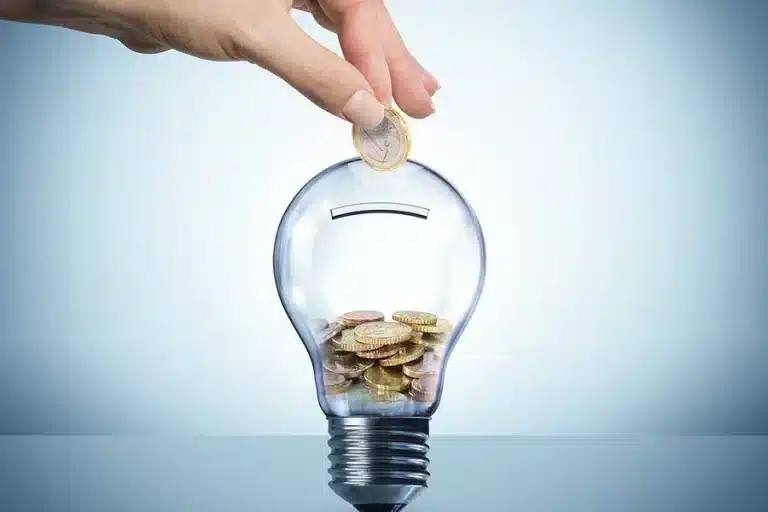If you’ve ever heard about an “SB account” and wondered what exactly it means, you’re in the right place. In this article we’ll break down what an SB account is, how it works, and why it matters—especially if you’re saving in Bangladesh or a similar banking system. We’ll also include some FAQs to clear up any lingering questions.
What is an SB Account?
“SB” stands for Savings Bank account. It’s a type of bank account designed mainly for everyday savers.
Here’s the simple version:
- You deposit your money in a bank.
- The money sits there safely.
- The bank may pay you interest.
- You can withdraw when needed (within certain rules).
In Bangladesh, banks often call it an “SB account” or “Savings Bank Deposit A/C”. For example, NCC Bank PLC refers to its “SB account” product.
And at Southeast Bank PLC the term “Savings (SB) Account” is used.
Why You Might Want One
Here are key benefits of an SB account:
- Safety: Your money is held by a bank. It’s more secure than keeping cash under your mattress.
- Accessible: You can deposit and withdraw as needed. That flexibility makes it good for saving with options.
- Earns interest: While interest rates for SB accounts may not be huge, you still earn something.
- Builds good habits: By separating your savings from your spending account you tend to think twice before withdrawing.
That said, there are trade-offs, which we’ll cover later.
How an SB Account Works – Step by Step
Here’s how you typically open and use one:
- Choose your bank: Pick a bank offering an SB account product.
- Apply: Fill in the account-opening form. Provide ID, photo, and other required documents. (For example NCC Bank asks for NID or passport. Deposit initial amount: Banks may require a minimum deposit. (NCC lists initial deposit amount as per current practice – e.g., Tk. 500.
- Use it: Deposit money, withdraw when needed, maybe use ATM, cheque book, online banking depending on bank.
- Interest & rules: The bank calculates interest based on balance and pays it per schedule. Some banks have limits on withdrawals so interest isn’t lost. (Example: If you withdraw more than twice a week you may lose interest for that month at NCC Bank.
What Makes SB Accounts Different
Compared with other account types, SB accounts have some specific features:
- Usually a smaller minimum balance than premium or corporate accounts.
- May have limited withdrawal frequency, because the bank uses your deposits for its lending. For example, standard savings accounts historically had withdrawal limits.
- Interest rates are lower than more specialized investment accounts.
- Very good for short-term savings or emergency fund rather than long-term growth.
Common Features in Bangladesh Context
Specifically in Bangladesh banks you’ll find features like:
- Free or low-cost ATM/debit card & online banking (see SBAC Bank example).
- Easy branch access and withdrawals from any branch (see Southeast Bank SB account list).
- Nomination facility: You can nominate someone to get the account proceeds if something happens to you.
- Interest payable half-yearly or according to bank policy. (Example: Southeast Bank pays half-yearly.
Big Mistakes to Avoid
Here are some pitfalls to watch out for:
- Withdrawal limits: If you exceed allowed withdrawals you might lose interest or pay penalty.
- Fees if you drop below minimum balance: Some SB accounts require you to maintain a certain minimum.
- Interest may not beat inflation: Even with interest your savings may lose value in real terms if inflation is high.
- Dormant account risk: If you don’t transact for long the account may become inactive and you might incur charges.
- Not ideal for long haul: If you want high returns over many years you might need a different account/investment.
Real-Life Tip for Bangladesh Savers
If you live in Dhaka or anywhere in Bangladesh:
- Compare a few banks’ SB accounts: look for lowest fees, easiest access, decent interest rate.
- Use mobile/online banking so you can watch your balance.
- Keep withdrawals minimal: even if you can withdraw, treat the account as a savings tool not a spending tool.
- Use the first deposit and regular small deposits: even modest amounts add up.
- Think of it as your “easy emergency fund” account: money you don’t touch unless you must.
Final Word
An SB account is simple. It’s a smart tool for saving in an easy, accessible way. It may not make you rich overnight. But it offers: safety, flexibility, habit building.
If you don’t already have one, opening an SB account could be step one in your saving journey. If you already have one, review its terms: fees, withdrawal limits, interest rate. Make sure it still serves you well.
Remember: Money saved is money earned. And using an SB account wisely means you’re getting your money to do a bit of work instead of just sitting idle.
FAQs About SB Accounts
What does “SB” in SB account mean?
It stands for Savings Bank. It’s simply a savings account variant common in many banks.
Can anyone open an SB account?
Yes almost any adult can open one (18+ usually). For example NCC Bank says Bangladeshi citizen 18 years or older can open.
What’s the minimum deposit required?
It depends on bank. Example: NCC Bank says “minimum initial deposit amount as per current practice (e.g. Tk 500)”.
How often can I withdraw?
That varies by bank. Some banks may restrict withdrawals beyond a certain number per period or impose penalties. Example: NCC Bank said if you withdraw more than twice a week, you lose that month’s interest.
Does an SB account pay interest?
Yes. The money you keep earns interest. However the rate may be modest. A general savings account overview explains interest is modest but safe.


